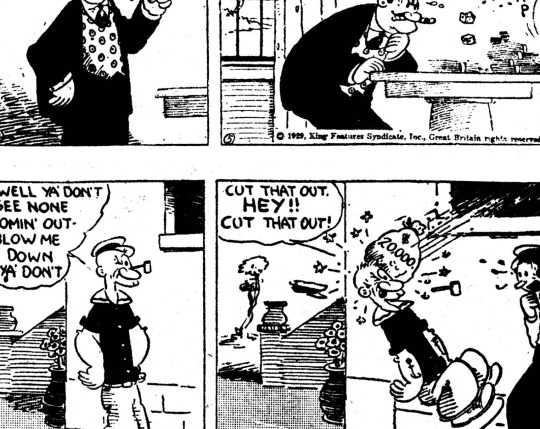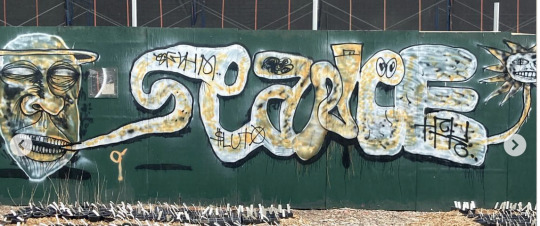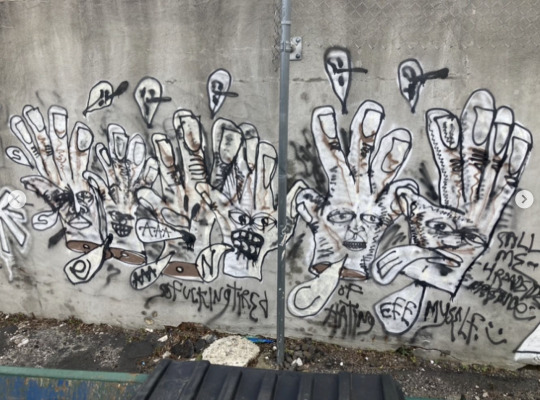Text


1997 Tamagotchi ring binder scratch-off stickers, front and back
255 notes
·
View notes
Photo


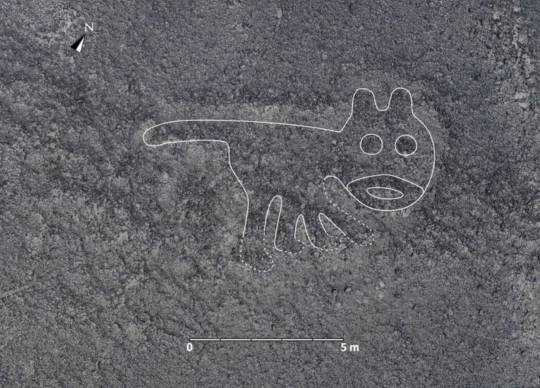
Archaeologists Uncover Nearly 170 Nazca Lines Dating Back About 2,000 Years in Peru
6K notes
·
View notes
Photo
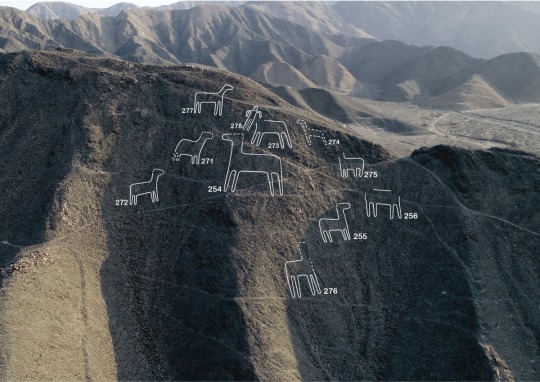
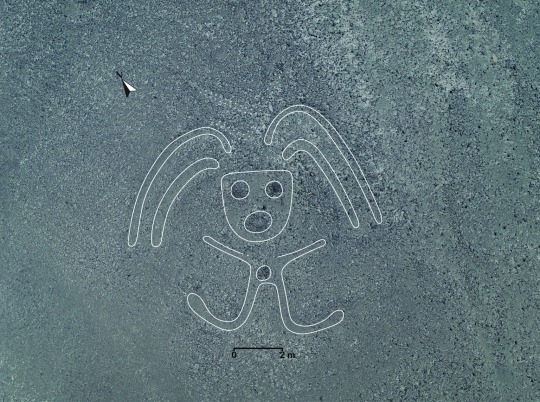
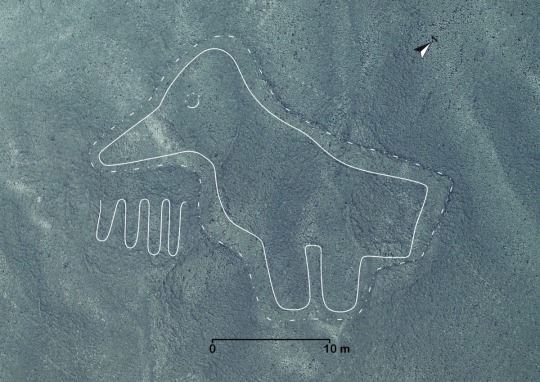
168 New Geoglyphs Discovered in Peru !
Archaeologists discovered 168 geoglyphs near the arid Nazca plain in Southern Peru. The new findings, which encompass images of humans, birds, snakes, cats, and killer whales, date between 100 BCE and 300 CE, when the pre-Incan Nazca civilization lived in the region. The discovery adds to nearly 1,000 straight lines and hundreds of figurative drawings that have so far been identified as part of the vast Nazca lines.
The Nazca people created the works by removing the earth’s top layer of black stone to reveal the white sand below, and although the exact function of the lines is unknown, they are thought to have served a ritualistic purpose in relation to astrology.
Professor Masato Sakai of Yamagata Unviversity in Japan and Peruvian archaeologist Jorge Olano led the recent survey The team used aerial photographs, some captured by drones, to decipher the figures. Most of the newly discovered figures are relatively small — less than 32 feet wide — and many were drawn on hillsides.
Yamagata University began surveying the Nazca lines in 2004. The university last announced new findings in 2019, and so far, Yamagata University has identified a total of 358 previously unknown geoglyphs.
The 290-square-mile protected region that contains most of the Nazca lines is a UNESCO World Heritage Site. Most of the works remain in good condition, although the 1937 construction of the Pan-American highway cut through some, and the ancient lines have sustained isolated damage in the past decade. In 2014, Greenpeace activists staged a protest that damaged the geoglyphs, and in 2018, a truck driver drove through the area and cut through three of the drawings. Sakai warned that mining initiatives could threaten the Nazca lines, and the university stated that it plans to use artificial intelligence to establish the lines’ distribution patterns, which will be used to further conservation efforts.
Words by Elaine Velie / Courtesy of Hyperallergic
254 notes
·
View notes
Text
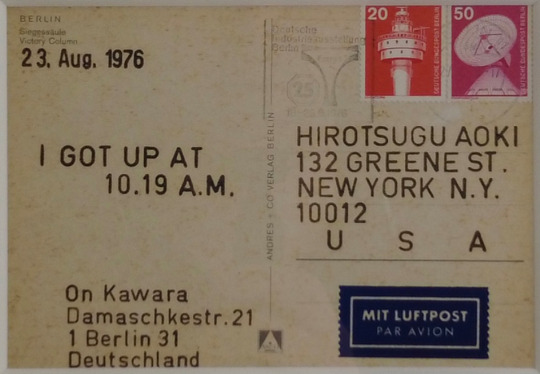
On Kawara, I Got Up at 10.19 A.M., 23 Aug 1976, (ink and stamps on postcard), 1976 [Wangsim, Hong Kong. © On Kawara]

45 notes
·
View notes
Text

Dramatic Utterances of a Sleeping Woman, 1979
Greta Mothersbaugh wearing the Protective Helmet of the Pitiful Lizard.
795 notes
·
View notes






